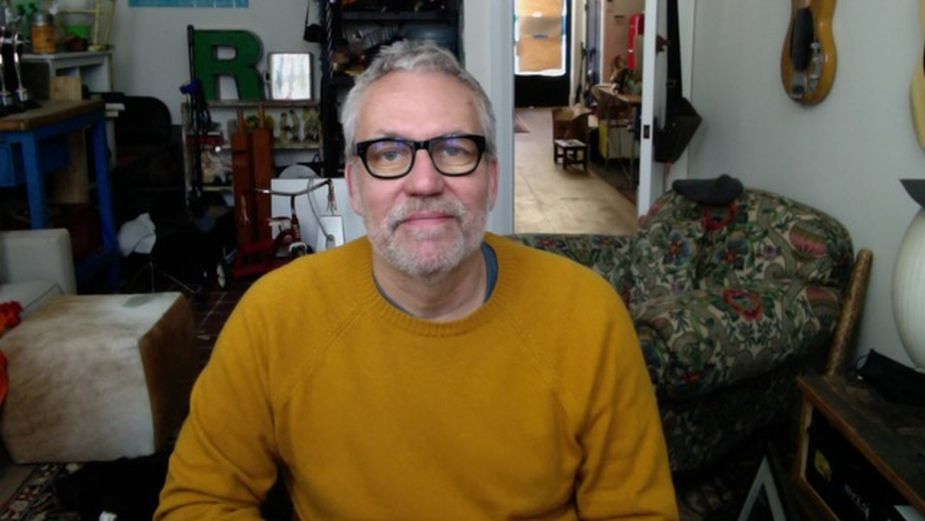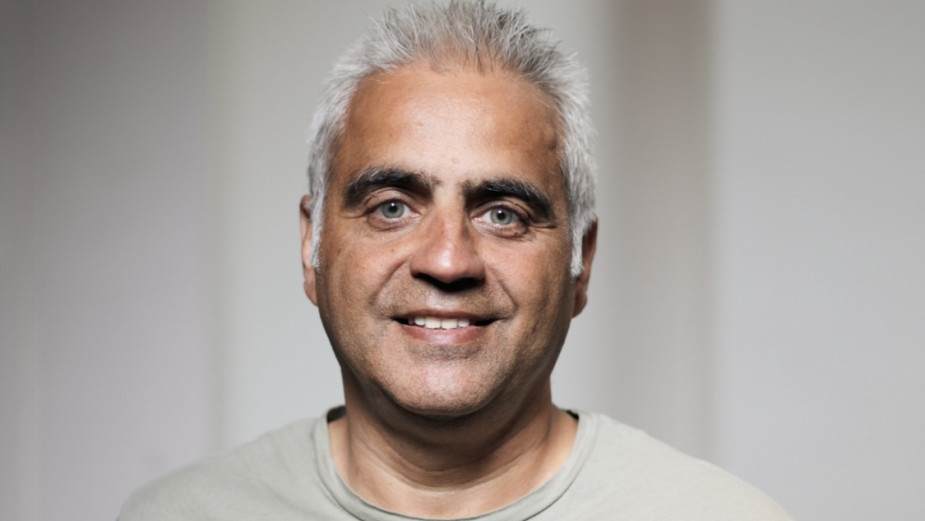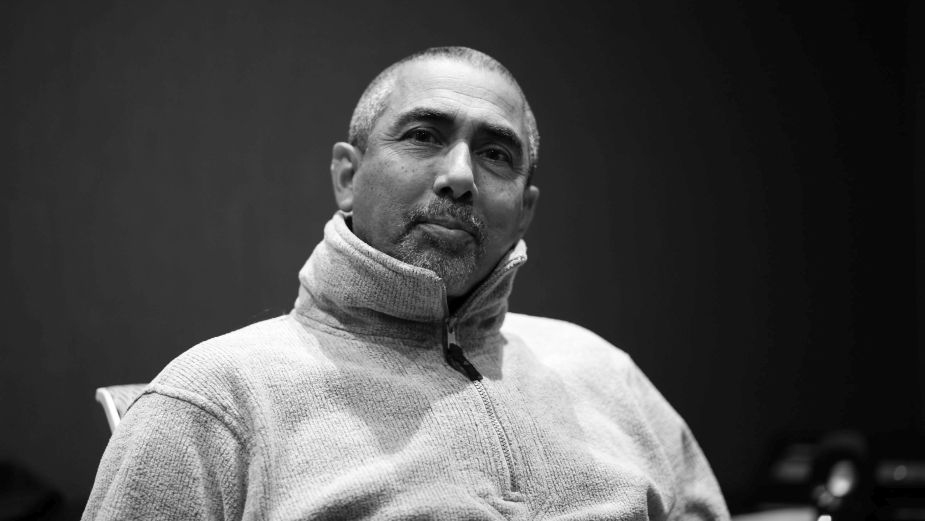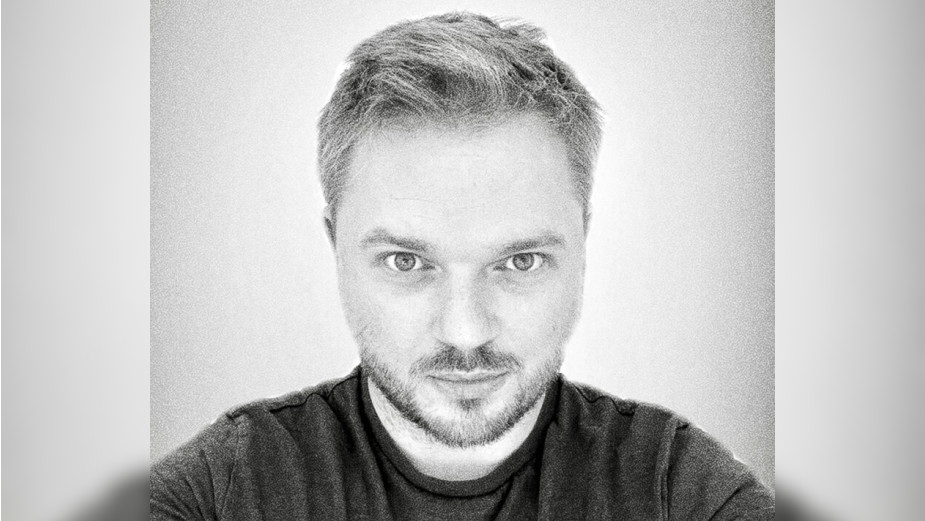
Immersive Sound: Are We Ready for It?

Whether it’s the new generation of soundbar technology, built-in TV speakers that scan and bounce the sound off of your living room walls, 3D spatial audio in VR technology or simply new, immersive ways of mixing for heightened headphone listening, it’s getting hard to ignore just how advanced immersive sound is becoming.
Some of the biggest tech companies and entertainment platforms are beginning to realise and lean into the exciting, new opportunities that immersive audio presents – and it’s not just changing our blockbuster experiences at the cinema. With this technology becoming more high-fidelity, more affordable and more prevalent in our entertainment appliances at home, we decided to speak with some sound design experts from around the globe and get their thoughts on the tech and what it means for the advertising industry.
In the third and final article of this series exploring immersive sound, experts from Grand Central Recording Studios, HENRYBOY, MassiveMusic Amsterdam, Machine London, Red Apple Creative, Squeak E. Clean Studios, WithFeeling, Gramercy Park Studios and Two AM discuss what the industry’s sound designers and audio engineers need in order to be ready for the ‘new normal’ of immersive sound - if that is to be realised at all - as well as sharing their thoughts on whether advertisers and people at home are prepared for it too.
Click here for a collection of all articles in this series.

Bill Chesley
Owner and sound designer, HENRYBOY
While I love the potential of immersive audio, it will not be a game changer in the realm of consumer tv applications. Immersive has its place, but believing that a TV will produce the desired effect, a significant 360 audio experience, is magical thinking.

Raja Sehgal
Director of sound and co-founder, Grand Central Recording Studios
Cinema advertising is already using Dolby ATMOS, with brands thinking of using the space during creative. The SkyGlass launch is a good example. With sound being key, the promos were mixed in the ‘HomeEnt’ format, enabling us to use the format to its fullest - which in turn joined the dots between high-quality images and sound. Whilst not just around the corner, immersive audio for advertisers could become the norm in the coming years if advertisers see the benefits, as that will drive the push on technology updates that traditional advertising and social playout systems may require.

Auke Riemersma
Sound engineer and music producer, MassiveMusic Amsterdam
The entertainment industry strives to produce content in higher quality - trying to implement the latest technology in both video and audio. But history has shown that audiences are looking for convenience rather than adopting the latest trends. In music reproduction, we’ve seen: quadraphonic records in the ‘70s, DVD-Audio, Super Audio CD, and 5.1 music in the ‘00s - and they all required many speakers around the house. But it turns out that people tend to make things smaller and more convenient; listening to music or watching movies and series on their phone, tablet or laptop - using built-in speakers or headphones.
Immersive sound production for headphones and soundbars could be the focus for brands, provided it fits the product and if the immersive experience is part of the campaign. Otherwise, people are simply not going to notice it. 8D audio was a fashionable term for a while, but it is nothing more than an extreme playful effect on music tracks.

Patch Rowland
Senior sound designer, Machine London
You could argue that TVs and the traditional worlds are playing tech catchup. With the capability to reproduce different immersive experiences now in existence, it’s great for content that utilises immersive audio - this kind of work now has more and more spaces in which to exist.
Specifically for sound design, binaural, ambisonic and portable surround microphones are readily available for creating unique and format-specific audio recordings. With the adoption of Dolby Atmos and ambisonic audio encoding, we may see the end of stereo TV ads being ‘up-mixed’ and ads with immersive soundtracks seamlessly transferred to immersive TV or iOS/Android device broadcasts and streams.

David Lazaro
Senior sound designer, Gramercy Park Studios
While the audio industry is ready and a broader range of consumers is slowly becoming more aware of the importance of sound, the average listener and advertiser are absolutely not. And it’s our fault. Similar to recent virtual production developments, advertisers and their agencies need to take a different approach to their creative thinking, methods and workflows.
In the ’60s, stereo made sense. But since, there’s been breathless talk of quadrophonic sound, a confusing array of cinema sound formats, and a dizzying variety of home entertainment surround sound formats - not to mention ones for games consoles, computers, phones and forays from the likes of Facebook (360 immersive audio) and others.
With multiple formats and devices, we’re in danger of overwhelming clients and confusing consumers, the latter wary of spending money on ephemeral tech and the former unwilling to spend money on mixes that’ll only be heard correctly in specific places.
The rubicon has been crossed and a new era of immersive audio is coming - and is not very far off. It’s coming from ground-up tech, rather than top-down - which is pricey. The flexibility and cost of digital systems plus gaming, computers and VR have enabled what now feels like an inevitable change to some version of immersive sound.

Kathleen Moroney
Executive creative director, Red Apple Creative
When considering any immersive sound design, no matter what the device, it all starts with the creative idea. When we speak to our clients about immersive sound, we often talk about the evocative use of sound and the journey that we’re taking the audience on. Immersive audio is great at putting the audience in the middle of the action. With immersive audio built into TVs, it’s a great creative and mixing playground to think about layers of sound and movement in finer detail than you might have previously.
The second thing to keep front of mind when creating immersive audio is to allow enough room for the sound design to breathe - keeping the voiceover to a minimum. Any content with wall-to-wall voice will never sound as immersive as it should. It’s really about understanding the tech, alongside its limitations. I’d love to hear a TV that sounds a fraction like our Dolby Atmos studio without additional speakers, but I’m a little sceptical!

Paul Le Couteur
Head of sound (Melbourne), Squeak E. Clean Studios
For the future? The sky's the limit. Once supply chains - for commercial TV in particular - open up to these technologies, then it is game on for any advertiser or brand to mix immersively, and perhaps even have ideas spawned by the mere fact that the viewer will hear sound coming at them in all dimensions. Viewers will get varying experiences depending on the home setups they have, with the more expensive systems providing the closest to a cinema experience.
Socials are a bit more problematic for supply, but certainly, purpose-built content could be authored in certain applications and listened to through a narrower lens than general content.
But there is an important element that these discussions don’t take into consideration. And that is the artistry and skill of the sound engineer to provide a mix that is sympathetic to the vision and story that is being told. Because even brilliant spatial positioning won’t save a bad mix. And amongst all of this technology, the critical component that is a part of every great mix - and can win an audience over no matter what their aural experience may be - is the art of creative composition, and the blending of sound and music in a way that captivates an audience and serves the narrative.
And that relies on the human component.

Chris Atkins
Co-founder, WithFeeling
Nothing can make a bad movie better. But a good movie can be made great.
Cinema is just as much about what we see as what we hear. That is where sound design comes in - the oft-overlooked element of motion picture that creates true immersion in the world of the story, and can elevate the entire experience. But this doesn’t stop at the movies. Live events, advertising, social media as well as exhibitions and public spaces can all leverage the immersive, engaging power of soundscapes.
Great sound design is easier said than done. It requires expertise, experience and immaculate production - played through high-fidelity systems, attuned perfectly to their acoustic environment. Place the best speaker system in the world in a badly treated room? You have missed an opportunity to create a truly immersive experience. But sound design tailored perfectly to the environment and its storytelling, creatively mixed in full surround and played back at the perfect volume - this is our sweet spot.

Oliver Stutz
Executive creative director, Two AM
Using spatial audio to heighten advertising experiences and engagement can most definitely be game-changing, but knowing how and where your listeners are going to be listening to your content is of pinnacle importance. We need to always bear in mind that even in modern times with advanced tech built into home devices, the effectiveness of any audio experience is still heavily dependent on the listeners’ space and the output device’s capabilities. Simply put, spatial audio can be wildly immersive and absolutely captivating, but on the other hand, it can also be, well, kinda average.
To understand this potential disconnect a little more, we need to understand how this built-in technology works. For example, the PS5 allows users with any standard TV speakers to experience 3D audio, but to a very varying degree. This possible inconsistency and lack of control in effectiveness could very well be what holds this area back from gaining momentum in the advertising industry.
In a nutshell, the advantages of spatial audio in advertising should never be overlooked, there are endless possibilities and ways of creating unique and captivating experiences for content. However, one should always take into account how and where listeners will be hearing the content, and also ensure to some degree that if the spatial audio elements were to not function correctly, the content would still make sense and the message would be conveyed accurately to the listener.













